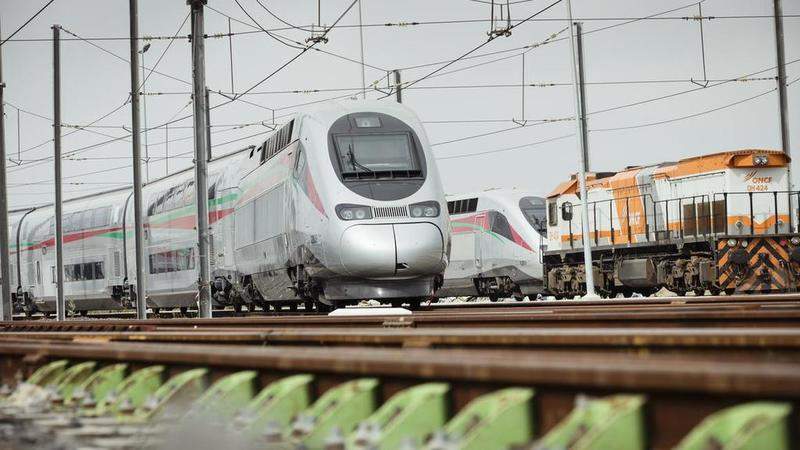
Morocco has opened the Tangier-Casablanca high-speed rail line, which will connect industrial and commercial hubs.
The line was inaugurated by the King of Morocco Mohammed VI and French President Emmanuel Macron.

Discover B2B Marketing That Performs
Combine business intelligence and editorial excellence to reach engaged professionals across 36 leading media platforms.
The construction of the line began in 2011 and was completed at the cost of nearly $2.4bn, according to state news agency MAP.
To launch this service, Morocco’s national railway operator Office National des Chemins de Fer Marocain (ONCF) has procured 12 high-speed trains from French rolling stock manufacturer Alstom.
Designed to suit the climate and environment conditions of Morocco, these Avelia Euroduplex trainsets are capable of carrying 533 passengers.
All trains are equipped with the latest features to ensure passenger comfort. They also feature bilingual digital passenger information systems, offering information in both Arabic and French.

US Tariffs are shifting - will you react or anticipate?
Don’t let policy changes catch you off guard. Stay proactive with real-time data and expert analysis.
By GlobalDataThe high-speed trains will run at a speed of 320 km/h on the 180km section from Tangier to Kenitra and will operate at 160km/h on the 200km section between Kenitra and Casablanca.
The new high-speed rail service is expected to reduce journey time from four hours and 45 minutes to two hours and ten minutes.
Alstom chairman and CEO Henri Poupart-Lafarge said: “This inauguration is a significant milestone for this prestigious project, which will allow Moroccan people to benefit from an incredible passenger experience thanks to our reliable, safe and comfortable Avelia very high-speed trains.”
Reuters quoted Moroccan officials as saying that the project will support growth in Tangier, as well as boost investment in northern Morocco where most ports are located.





